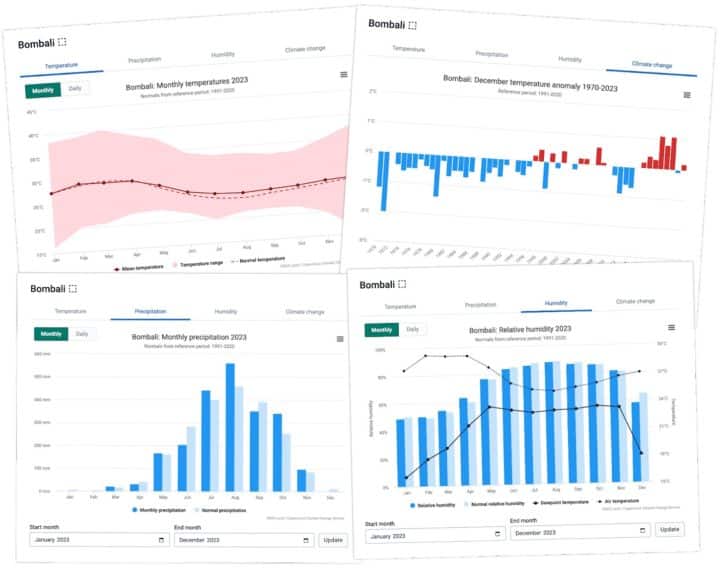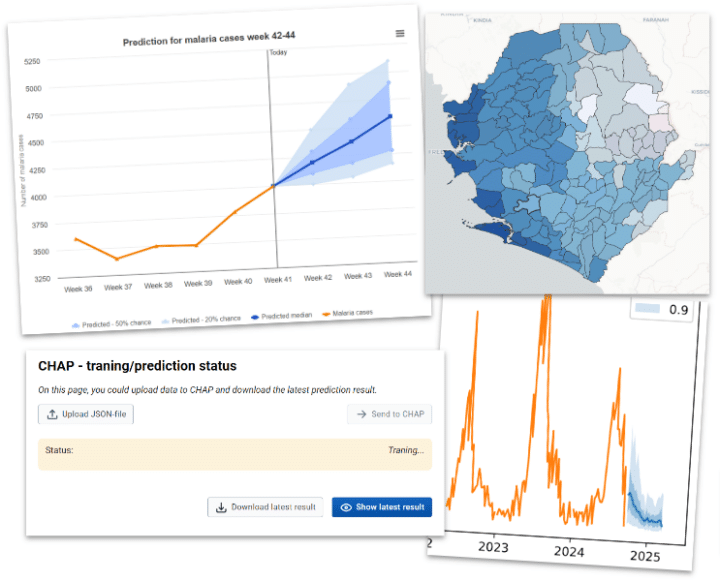This use case builds on existing disease surveillance systems by integrating climate and weather data to improve early warning and response for climate-sensitive infectious diseases (vector, water, and food borne), such as malaria, dengue, diarrhea, zika, etc. Historical and current climate and health data are used to develop predictive models based on relationships between environmental factors and the corresponding likelihood of disease outbreaks in specific geographies, including the spread of diseases to new areas. Outputs from these systems can be used to:
- Plan interventions and resource allocation around established seasonal patterns and early warning projections.
- Respond to localized early warnings with targeted interventions to maximize effectiveness and reduce cost.
- Generate evidence to show the impact of climate change on disease burden, which can be used for national strategic policy and climate change adaptation plans.
Note: The video shown here is an illustrative example of incorporating a weather and climate data set into the DHIS2 Maps application. This functionality is still in development.




